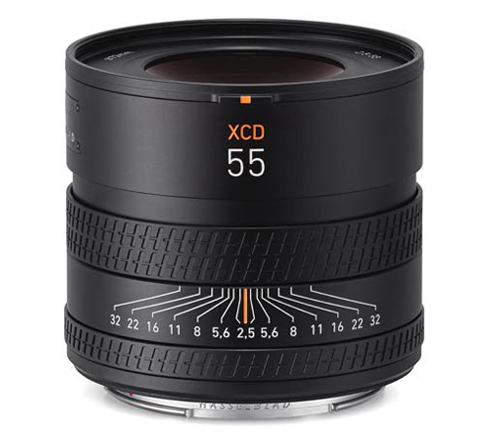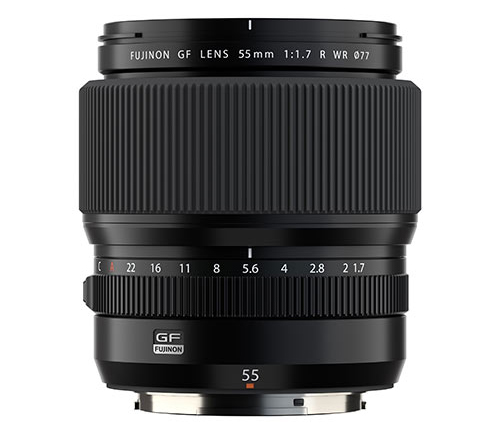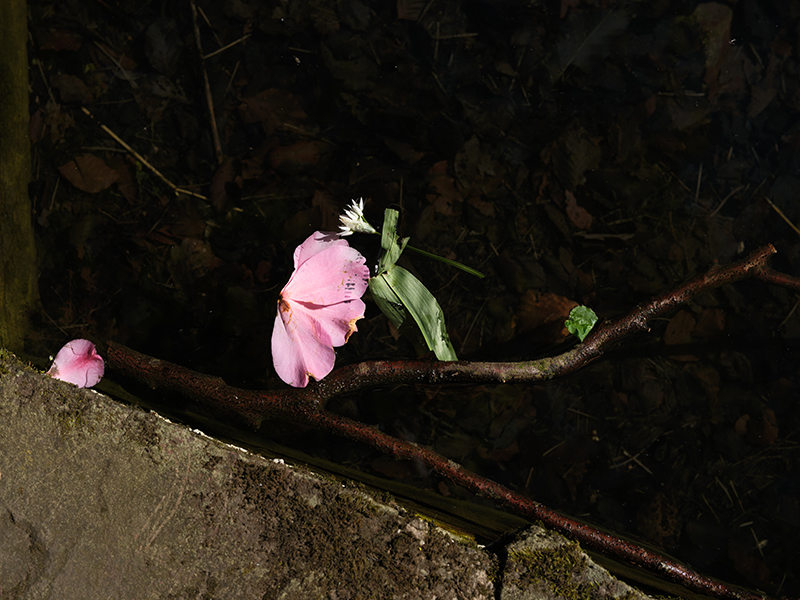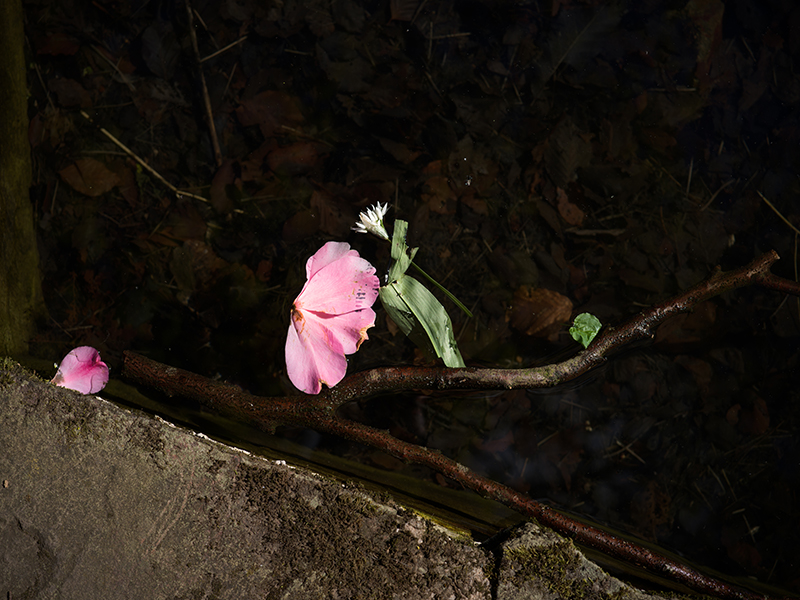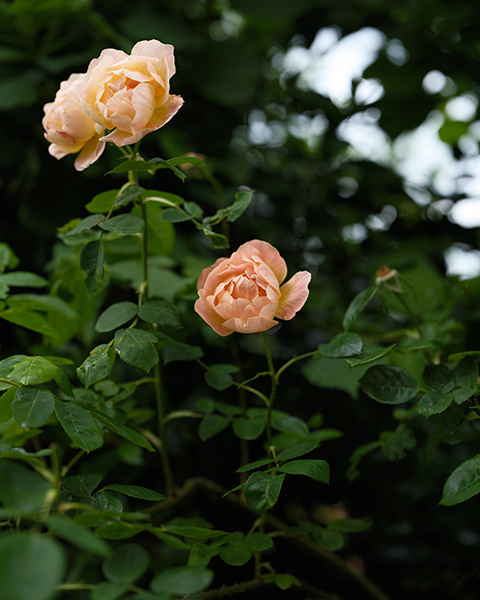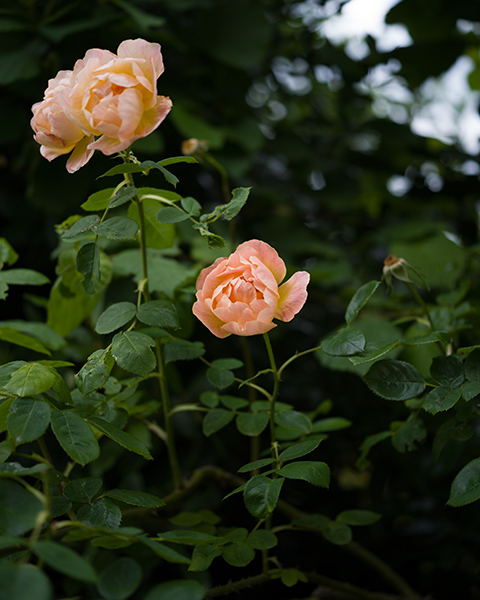What’s the best 55mm Medium Format Lens: Fujifilm vs Hasselblad
Fujifilm vs Hasselblad. GF vs XCD. Which is the better choice for medium format photographers looking for immense detail and stunning colour reproduction? There’s only one way to find out.
A bit of history
Ever since Fujifilm released the GF 80mm f1.7, offering the fastest aperture autofocus medium format lens in the world, Hasselblad has been quietly innovating their own series of ‘V‘ designated XCD lenses for the X system.
Both systems have been growing in the midst of a busy and constantly evolving photography landscape, each brand producing significant and impressive lenses of their own, no doubt fuelled (at least in some part) by each other.
And now the 55mm f2.5 V lens from Hasselblad has a serious competitor in the form of the new Fujifilm GF 55mm f1.7 which was released alongside the GFX 100 II in 2024. These two 55mm lenses represent the pinnacle of optical excellence from each company and the many decades of experience they have built on.
So which is best?
Hasselblad vs Fujifilm: which has the best build?
Owning the GF 55mm f1.7 myself I’ve been wanting to compare these lenses for a while to see what each has to offer in terms of character, usability and image quality. The build quality of both these 55mm lenses feels extremely solid with smooth focus throw and well-defined aperture ring clicks.
The new Hasselblad V series goes the extra mile in its attention to detail, it sports the Hasselblad "H" monograph engraved into the lens barrel of both the focus and aperture rings which improves the tactility and adds a sophisticated touch to the overall design.
The Hasselblad V series lenses also feature a push/pull manual focus mechanism on the focus ring and even a depth of field scale with orange and white numbering making manual focusing easier.
The Fujifilm lenses are more utilitarian in their appearance with a low-profile black paint scheme, and include a lockable aperture ring which reduces the risk of accidental settings changes.
On top of this Fujifilm medium format lenses also offer some real-world practicality over the XCD lenses; weather sealing. All of the Fujifilm GF lenses are weather resistant* and have multiple seals throughout the lens, meaning they can be used in harsher environments than the Hasselblad lenses – Hasselblad does not make any claims about weather sealing or IP ranges on their lenses.
*with the exception of the 35-75mm.
Where the XCD lenses offer a major advantage (depending on the type of photography) is the leaf shutter design which enables flash synchronisation at all shutter speeds – all the way up to 1/2000 or 1/4000 for some lenses.
The 55mm V is much smaller and lighter than the GF 55mm f1.7, partly because of the smaller maximum aperture and partly because of the shutter being in the lens and not the camera body. When attached to the X2D the 55mm V is nicely balanced and easy to hold stable for long periods.
What style is a 55mm good for?
Street and documentary photographers may be especially attracted to the 55mm V due to the size and weight in addition to the discreet and near-silent leaf shutter which reduces the risk of disturbing precious moments.
Fujifilm does offer the GF 50mm f3.5 which is exceedingly compact for a medium format lens and uses a linear motor which makes it much quieter in operation than the GF 55mm f1.7, so this is a lens to also consider if you want to explore medium format street photography.
Overall 55mm is considered an all-rounder of a focal length, with a huge range of applications beyond documentary and street; still life, for example, or fine art, or portraiture would all look fantastic down the barrel of a 55mm medium format lens.
Medium Format: still slow and silent?
Although the practice of medium format photography has often been characterised as slow and steady, prioritising one perfect shot over a multitude of burst images, medium format cameras have come a long way and are beginning to match the same levels as full-frame when it comes to speed and autofocus.
Both lenses have fast and accurate autofocus by medium format standards. The 55mm V is much quieter to focus than the GF, however, when paired with a camera like the GFX 100 II or the GFX 100S II it is a lot more accurate when acquiring focus and tracking moving subjects.
Hasselblad vs Fujifilm: which has the best colour?
Using the Hasselblad X2D 100C and the GFX 100 II I took the same photo with each of the 55mm lenses. I used the REALA ACE simulation on the 100 II and the STANDARD Hasselblad Natural Colour Solution profile on the X2D.
At first glance, the two may look almost identical, but take just a second longer and the differences between these systems become quite noticeable.
The bokeh and vignetting are the most differentiating attributes of each lens. The 55mm V renders similarly to a Leica lens where there is slight vignetting that contributes to a feeling of drama and sharpness of in-focus areas. The Hasselblad 55mm V has a slight swirl pattern to the bokeh and a more pronounced cat’s eye effect towards the edges.
The GF 55mm on the other hand renders much more like a modern lens with brighter corners, sharpness across the frame and exceptionally smooth and round bokeh even with light sources in the edges of the frame.
Click on the images to view in full resolution
Colour Reproduction
Both lenses can resolve the full 100 megapixels of the sensor behind them but lens quality is only one part of the equation; colour management on a sensor and processing level is just as important for digital images.
The biggest difference between each brand’s approach to colour processing and lens design is that Fujifilm focuses on ‘memory colour’ reproduction whereas Hasselblad aims to reproduce colours exactly as they were in real life.
What is interesting about this is that Hasselblad’s image profile is decidedly brighter and more saturated when it comes to red and pink hues, but you achieve more luscious greens with Fujifilm. The more you switch between the two profiles the more details and differences you begin to pull out.
Hasselblad vs Fujifilm: which to choose?
Both of these systems have their advantages but I would break it down like this, for photographers who primarily photograph landscapes, products, high-profile portraiture or high-budget commercial jobs where ‘real colour’ is important then Hasselblad’s colour science and leaf shutter design would be the best choice. There are fewer lens options in the Hasselblad XCD series compared to the Fujifilm GF series so that is something that should be taken into account when investing in this camera system.
On the other hand, photographers who work in genres like fashion, fine art, documentary or commercial advertising who have more creative freedom may prefer the more cinematic film characteristics that Fujifilm’s colour science offers. It's similar to cinema where a photographer or videographer may choose a particular film stock or sensor/lens colour palette to reinforce the emotion they are trying to convey in their photos.
For anyone deciding between these two lenses and camera systems you will be getting the best image quality on the market regardless of which you choose, but the choice should come down to what works best for your style of work and which features you place more importance on.
Learn more about the products
If you've been swayed one way or the other you can find out more on the 55mm lenses and medium format cameras here:
- Hasselblad XCD 2.5/55V Lens
- Hasselblad X2D 100C Medium Format Camera
- Fujifilm GF 55mm F1.7 R WR Lens
- Fujifilm GFX 100 II Body Only
Read next
- The ULTIMATE Street Photography Camera? Hasselblad X2D in New York
- Fujifilm GFX 100 II Review | Is it worth the upgrade?
- Hasselblad's Home Video Series
Thank you!
Thanks for taking the time to read our blog, we really do hope they help you out and answer some of your questions. If you still have some unanswered, then please feel free to get in touch with our team of experts.
We have a LiveChat option on our website and we can, of course, be contacted via our email, we're also on the end of the phone too! Read more on how to contact us here >
Want to write for us?
If you've got experience with producing content on photo, video and/or optics products or techniques then we would love to hear from you. Contact our blog editor, Bea, with a sample of your work at [email protected].
- By Alex Mitchell
- 9 Aug 2024




























































